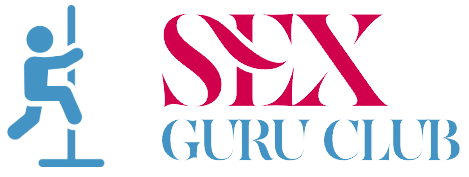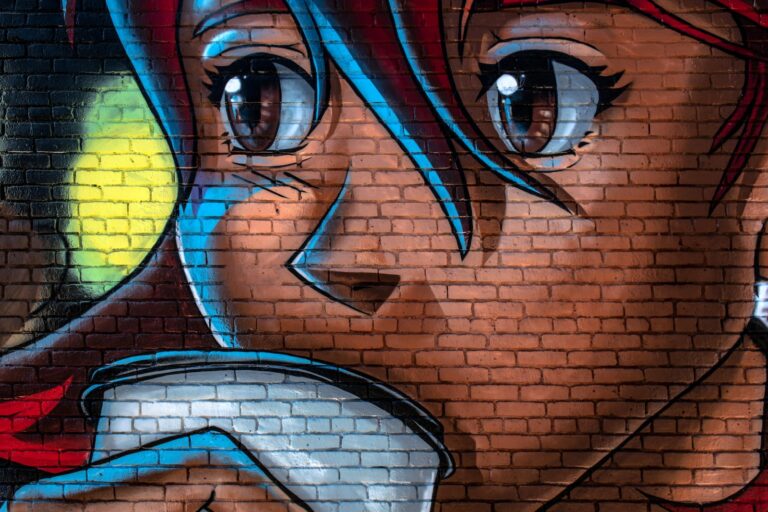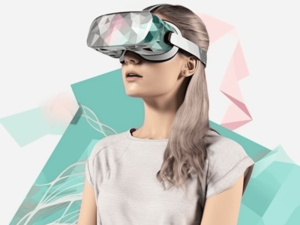When Jacob Grady started pirating anime and manga online eight years ago, he thought he would make enough money to pay his server costs. But he quickly discovered that hentai is not just porn.
AI Hentai generators allow users to create uncensored hentai images with a simple text description. However, these tools have sparked ethical debates about their content.
Anime
Hentai erotic art uses images to tell stories without words. It is similar to written Japanese, which uses ideograms to represent both tangible objects and abstract concepts. Anime artists use a variety of methods to create hentai, including hand drawings, stencils, and computer graphics. They also use symbols to represent feelings and emotions. These symbols may be drawn on top of a photograph, or incorporated into the image. These hentai images often contain explicit imagery and can be dangerous for minors. They also often contain adult language. While this type of hentai has sparked ethical and content-related discussions, it can be used in a responsible manner with the right precautions.
Despite its controversial content, anime is a popular genre that has gained widespread popularity in the West. Its popularity has even influenced mainstream culture. Its sexy, beautiful characters and storylines have captivated young audiences around the world. Nevertheless, hentai is not for children. It depicts girls as sexually active adults, and its naughty scenes make it one of the most effective forms of child pornography.
Jacob Grady started his own hentai site eight years ago. He took out student loans and worked part time to pay for the server and software costs. Grady was not pirating kids’ shows like “Pokemon,” and his website was a small business, but he did earn enough money to buy a round-trip ticket to Japan.
Tentacle porn
Tentacle porn is a type of anime-inspired pornography that features slimy appendages wrapped around women’s bodies and penetrating their orifices. It is a controversial and growing subculture that has gained popularity in recent years. Many people who consume tentacle porn find it a form of escapism and an outlet for their sexual fantasies. Others may even feel compelled to express their love for this genre through cosplay and other forms of art.
Although the character designs lack originality, this hentai’s fluid animation and exciting story build-up will keep you captivated. Moreover, it includes tons of extreme and hardcore tentacle sex that will satisfy your fetishes. The moans of the characters will also keep you aroused throughout your fap sessions.
Despite its popularity, some critics argue that tentacle porn glorifies non-consensual acts and portrays women as objects to be dominated. This type of pornography can be harmful to the health and well-being of its consumers, and it is important to approach it with a critical eye.
Despite its controversy, tentacle porn has become a popular form of erotic art in Japan. It is often incorporated into other genres, such as horror, bestiality, and fantasy. Some fans of the genre are even using haptic feedback devices to simulate the sensation of tentacles wrapping around their legs in virtual or augmented reality experiences. This technology will take the tentacle erotic experience to a whole new level and provide a more realistic and immersive experience for fans.
Baroque art
Anime hentai is similar to baroque art, which depicts human sexuality in a variety of ways. From showing the prowess of women in the Renaissance, to exploring the complexities of nudity in Baroque art, to finding the playfulness of sexual enjoyment in Rococo art, and even attempting to understand the nature of sin through depictions of sexual violence in early modern art, artists used their works to express ideas or simply to entertain.
Often, the images are sexually explicit. They also show the exploitation of girls and women. Many of these artworks are controversial and have fueled the debate over whether or not they are obscene. However, it is important to note that the definition of obscene art varies by jurisdiction and community. The Supreme Court of the United States has established a three-tiered test for what is considered obscene and therefore not protected by the First Amendment.
While some people argue that hentai is a form of pornography, others argue that it is a form of art and should be protected by the First Amendment. Others point out that the Bible does not explicitly condemn erotic art, and that there is no evidence of a direct link between obscene imagery and moral corruption. However, such arguments ignore the fact that obscene art has always existed and is a reflection of the culture in which it is created.
AI Hentai generators
AI Hentai generators transform textual descriptions into intricate images, allowing users to explore their fantasies and bring them to life in a visual medium. This technology offers a unique outlet for artistic expression and can help artists overcome creative blocks by providing visual representations of their ideas. However, it’s important to exercise caution and responsibility when using these tools. The explicit nature of hentai images can have legal and ethical implications.
AAI hentai generators are easy to use and can provide a range of options for users. These tools can convert photographs into anime characters, create original artwork based on specific prompts, or even generate NSFW images from textual descriptions. The tools are simple to operate and offer a variety of customization options, making them ideal for beginners who lack the skills or time to create their own content.
The popularity of hentai art has fueled the development of new AI tools that allow users to easily design sexy AI images in just a few clicks. These tools are often free and provide high-resolution, realistic images. Several of these tools are available for personal use, but some are designed specifically for commercial purposes.
While the use of AI for hentai image creation has many potential benefits, it raises ethical concerns. The creation of sexually explicit content by an AI program has the potential to harm people and violate their rights. The creators of these tools have a duty to consider the potential ramifications and exercise caution when creating their content.
See Also:


